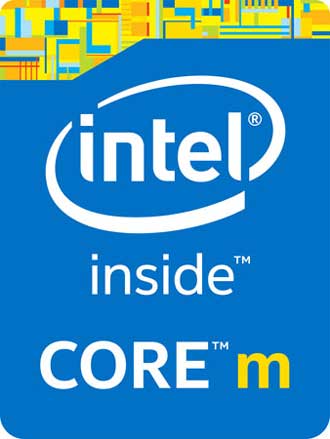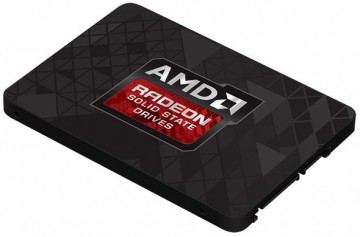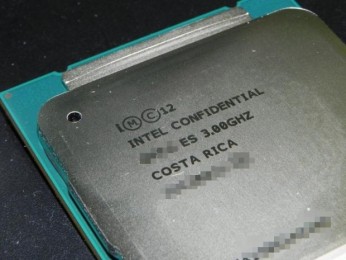 Intel has finally split the beans on the chip it hopes will start to make an impact on the tablet market.
Intel has finally split the beans on the chip it hopes will start to make an impact on the tablet market.
Broadwell-based processors will carry the brand name, Core M, and they will target tablets that are less than nine millimeters thick and need no fans.
If it all works, it means that tablets will finally get a PC-class processor if it fails then mobile users will have a hot melted ball of plastic in their laps.
For those who came in late Broadwell uses Chipzilla’s Intel’s 14-nm manufacturing process. Getting the secret sauce right has been tricky, Broadwell has been delayed several times due to some teething problems with this new process.
Intel claims it has got the process right and is now ready for volume production.
Intel VP and Director of 14-nm Technology Development Sanjay Natarajan provided Tech Report with some details about Broadwell.
Most importantly, he said that the new 14-nm process provides true scaling from the prior 22-nm node, with virtually all of the traditional benefits of Moore’s Law intact. So rather than giving up on Moore’s Law, Chipzilla is doing its best to prop it up.
This 14-nm process uses second generation tri-gate transistors or FinFETs. This actually puts Intel well ahead of rivals which have not even come up with first-generation FinFET silicon.
Looking at the fins comprising Intel’s tri-grate transistors, they appear to have become closer together at the 14-nm node with something called the fin pitch reduced from 60 to 42 nm. The fins themselves have grown taller and thinner. This improves density, while the new fin structure allows for increased drive current and thus better performance. It all means that Intel can use fewer fins for some on-chip structures, further increasing the effective density of the process. Fewer fins means the chips are more power efficient.
The gate pitch has been reduced from 90 to 70 nm and, as shown above, the spacing of the smallest interconnects has dropped even more dramatically, from 80 to 52 nm.
Natarajan said the new chip can flip bits at higher speeds than prior generations while losing less power in the form of leakage along the way.
What he suggests also is that Intel will eventually have to move beyond Moore’s Law if it is going to evolve. The reason is not the technology, but the cost of following Moore’s Law.
Chipmakers have had to use ever more exotic techniques like double-patterning—creating two separate masks for photolithography and exposing them at a slight offset—in order to achieve higher densities. Doing so increases costs.
If moving to finer process nodes cannot reduce the cost per transistor, the march of ever-more-complex microelectronics could slow down. Some chipmakers have hinted that we will be approaching that point very soon.
Intel claims that so far there is no problem and the math continues to work well. Currently there is a steady decrease in cost per transistor through the 14-nm node and this should flow into the 10-nm process.
Broadwell’s CPU cores have received a number of tweaks over Haswell’s which Intel claims has increased instruction throughput per clock by about five percent. In keeping with Broadwell’s mobile focus, Intel’s architects set a high standard for any added features in this revision of the architecture. Now a new feature must contribute two per cent more performance for every per cent of added power use. In the good old days a 1:1 was considered great.
Intel has done a fair bit on the graphics too. Broadwell-Y’s IGP is an increase in the number of modular “slices” of graphics resources included. There are three versus two in Haswell. Each slice has its own L1 cache, texture cache, and texture sampling/filtering hardware.
All this means is that Broadwell’s display block can drive 4K displays and can using fixed-function hardware in conjunction with the graphics EUs to process H.265 video. This means that H.265 decoding on Broadwell-Y is “fast enough for 4K” and the chip can handle 4K resolutions at 30 Hz.
 Salesforce surprised the cocaine nose jobs of Wall Street by reporting better-than-expected quarterly revenue.
Salesforce surprised the cocaine nose jobs of Wall Street by reporting better-than-expected quarterly revenue.


















